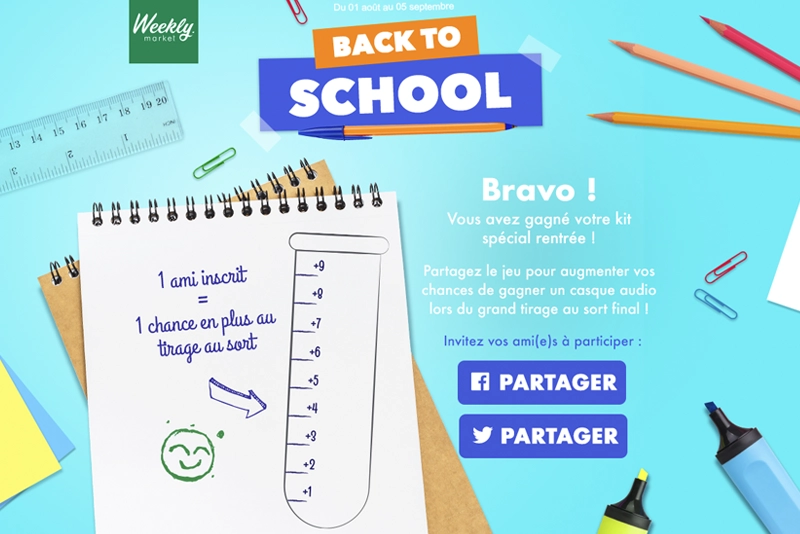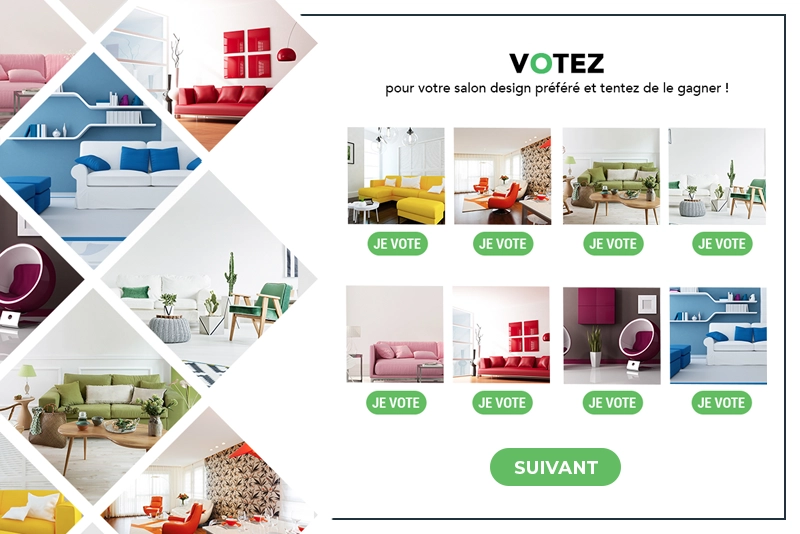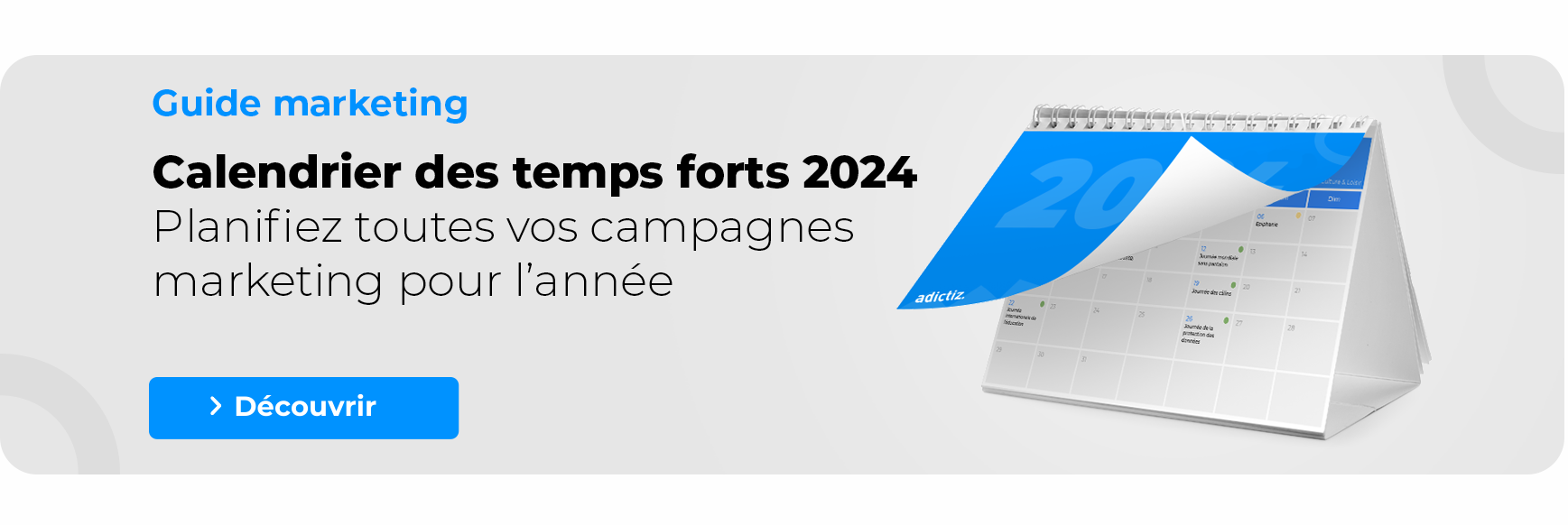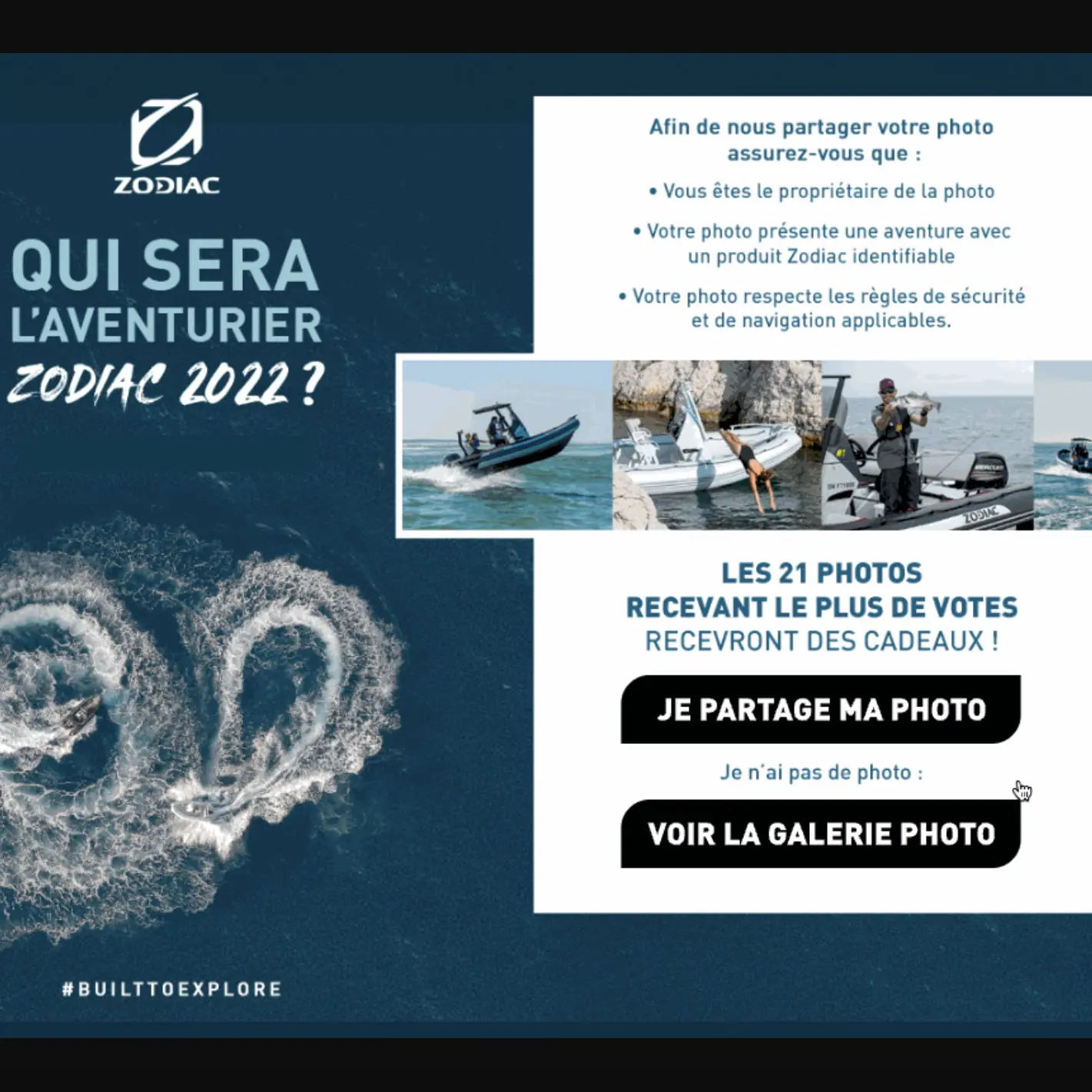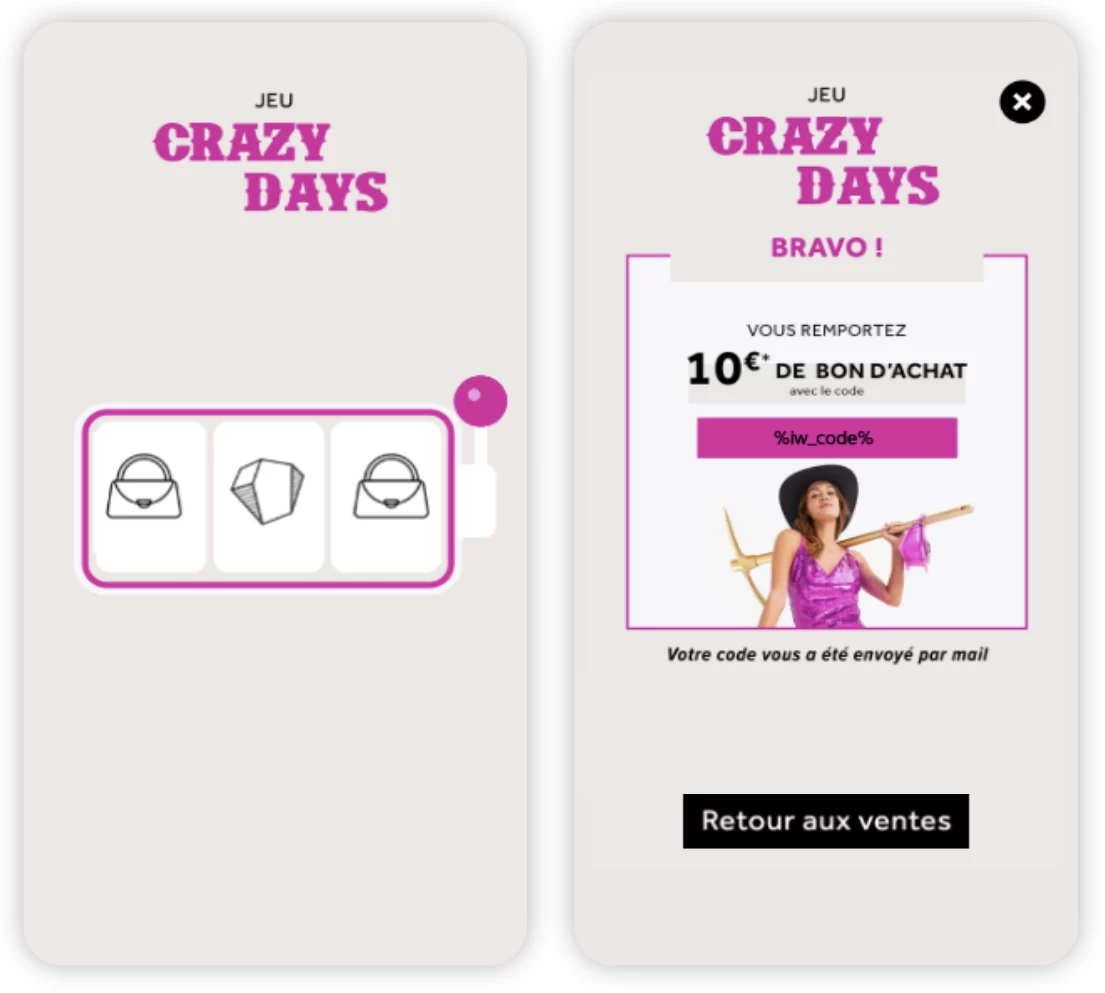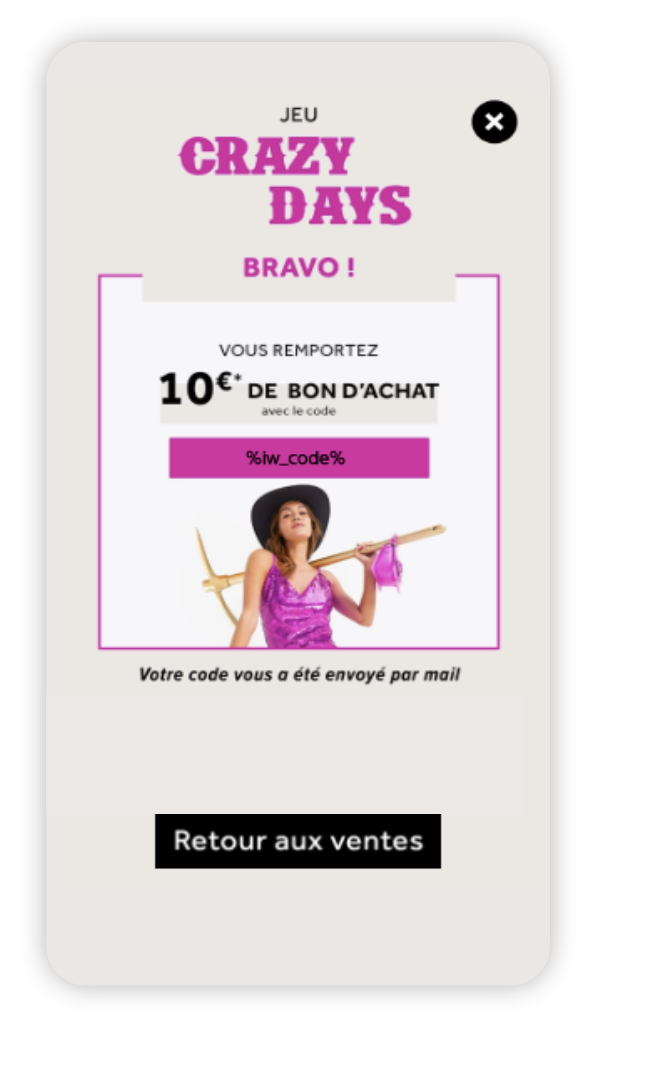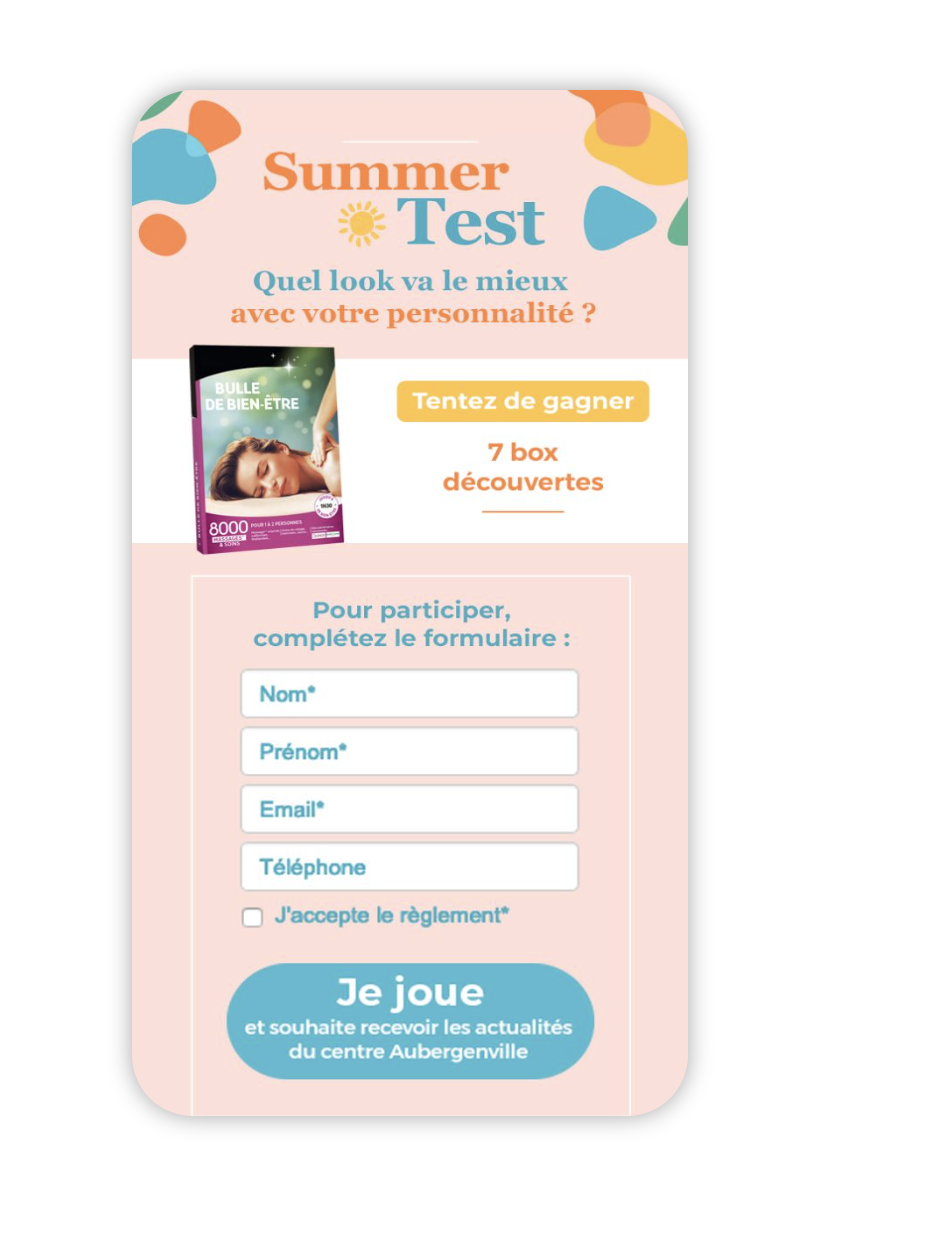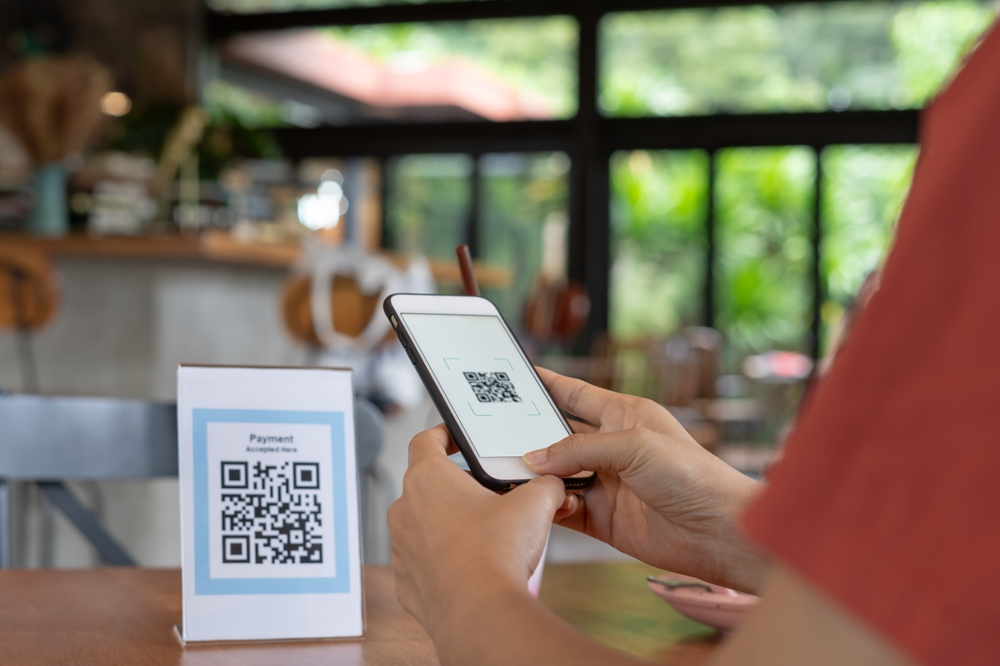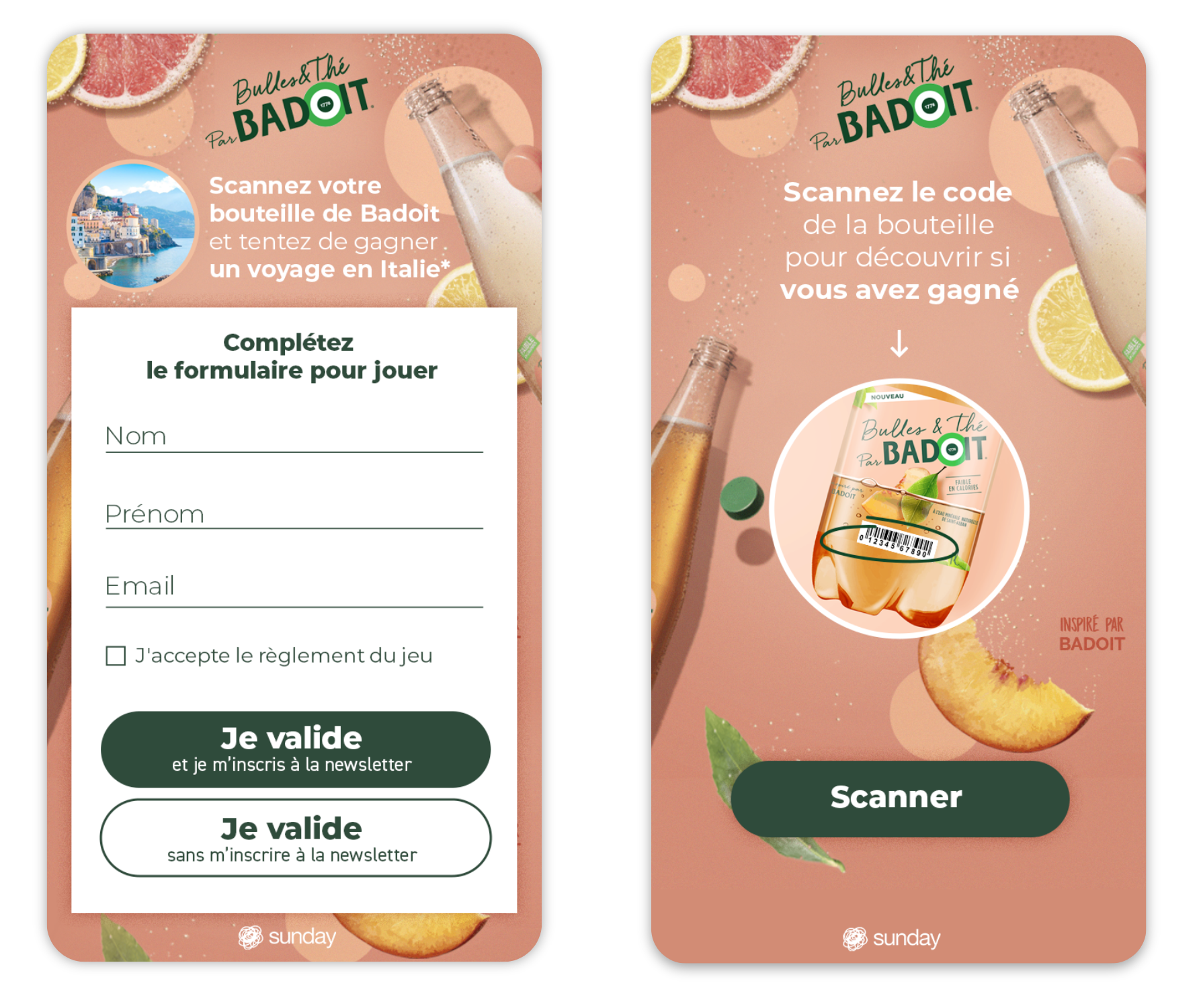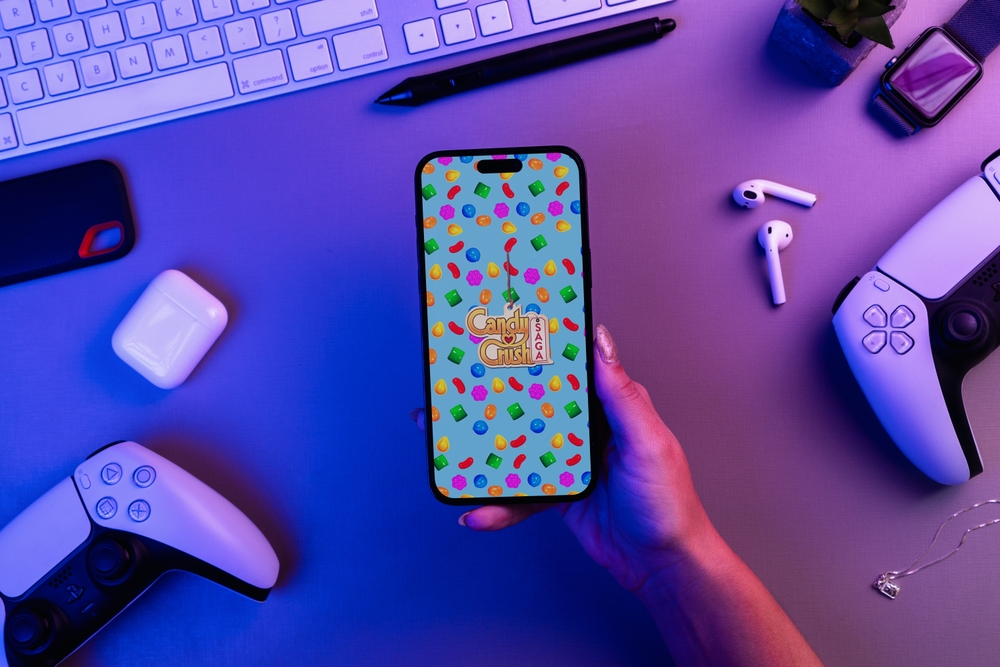
Live Shopping et gamification : boostez vos performances marketing !
Live shopping has really taken off over the last two years, and the popularity of the practice continues unabated. It has become commonplace for brands to go live to showcase products and generate sales.
But this sales channel can be optimised to meet more than one objective. By introducing gamification before and after the live event, brands and chains can engage consumers, collect preferential data and generate qualified leads. Let’s take a look together at the benefits of this Swiss Army knife, which you can incorporate into your marketing strategy straight away.
The reinvention of live shopping
The figures don’t lie: live shopping is an enduring trend in our consumer habits.
But what exactly is live shopping? Live shopping is a way of buying products during the broadcast of a live video, through an influencer or a brand.
According to a McKinsey study, this practice is becoming increasingly popular, and will account for up to 20% of e-commerce by 2026.
According to a McKinsey study, this practice is becoming increasingly popular, and will account for up to 20% of e-commerce by 2026.
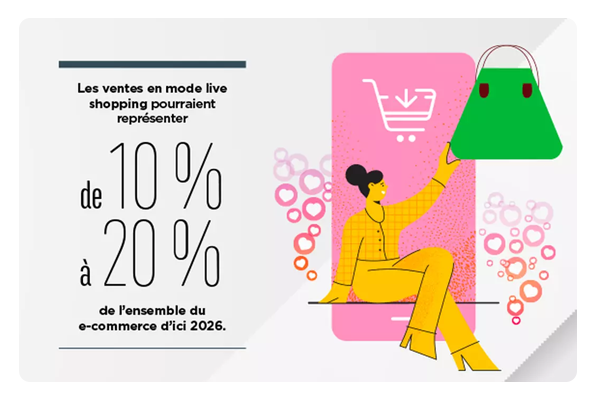
Gamification and live shopping: the sales promotion duo
To build customer loyalty, it’s essential to understand their needs and expectations. To do this, you can use different tools such as data analysis, focus groups or feedback.
Surveys and e-mailing are also powerful tools in the quest for customer loyalty. By gathering information, you can improve your product or service offering by proposing solutions that are better adapted to your customers’ needs.
Online sales and commitment
Take surveys, for example. By questioning customers directly, valuable information can be gathered and then used by brands and chains.
The questionnaires can be distributed via different channels, such as e-mail campaigns, on the merchant’s website or on social networks. Customers then log in to their account to take part in the survey.
Once the responses have been collected, companies can analyse them to identify trends and customer preferences. On the basis of this information, product or service offers can be tailored to better meet the needs of their customers, and thus improve customer loyalty.
Live shopping: a tool for getting to know your customers
As well as analysing in-store behaviour, live shopping also makes it possible to observe trends that are popular with consumers. Through chat or surveys, it is possible to gather information that can then be activated.
With a post live game, ask participants for their opinions and collect qualified data. An email campaign including promotional offers will boost conversion.
Generate live leads
Live shopping allows you to talk to potential customers, but not to identify them! Although social networks can provide valuable information about participants, that’s where the data collection stops. In order to be RGPD compliant, it is essential that users voluntarily provide their data. Gamification is the ideal way of collecting first-party data.
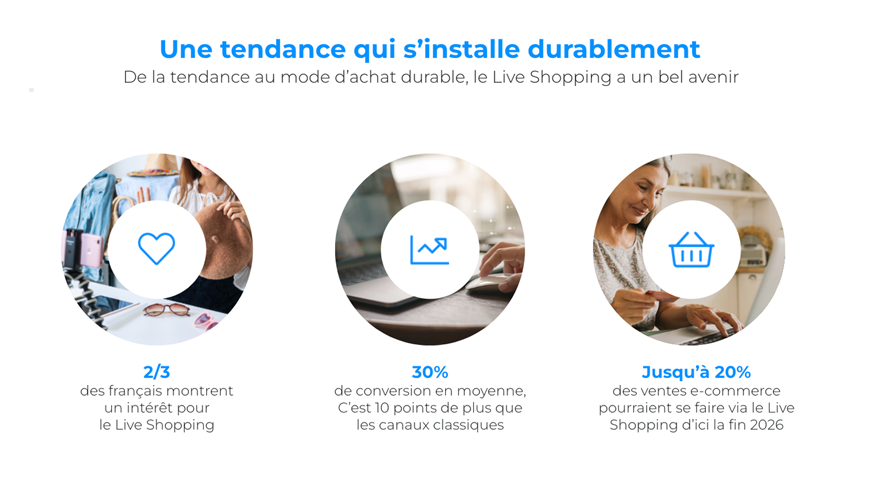
How do you set up a gamification campaign for Live Shopping?
To be effective, your Live Shopping site must meet a number of criteria:
- Benefit from a large audience and qualified subscribers with an affinity for the brand. They will be responsive to product demonstrations to ensure a good conversion rate
- Be engaging and interactive to capture this audience from the beginning to the end of the Live Shopping session
Preparing for Live Shopping
Before the live event: collect qualified registrants who have an affinity with your brand thanks to a very simple game that allows users to register for a random drawing that will take place during the Live Shopping event.
Coupled with a social gauge, this system will ensure a high level of virality to boost Live registrations. The social gauge is a widget that gives participants extra chances in the random drawing every time one of their friends signs up.
Capturing attention during the live show
During the live event: engage to maximise attention and encourage memorisation. Offer live participants the chance to take part in an interactive game displayed directly on the live window. This type of feature allows instant-win discount offers to be won and encourages conversion.

Boost your online sales after the live show
After the live event: activate participants with targeted content to boost conversion. Invite live participants to take part in an exclusive game and distribute discount offers to trigger purchases. An opinion game mechanism can also help you detect purchase intentions and get to know your audience better so you can segment your CRM base.
Conclusion
Live Shopping combined with marketing games offers huge potential for brands and retailers looking to boost their engagement and conversion rates.
By offering consumers an interactive and entertaining experience, brands can create deeper emotional bonds, promote their products interactively, identify qualified prospects and boost sales. So don’t miss out on this new channel, which is increasingly becoming a sales channel in its own right.
Now it’s your turn!




